Why is My Check Engine Light On?
Has the check engine light come on in your vehicle? It can come on for a number of reasons, and this guide will show you how to diagnose and fix the problem. You will also learn what it means when the check engine light stays on or flashes and how to reset it yourself.
What does it mean when the check engine light stays on?
When the check engine light comes on and stays on, it means the On-Board Diagnostic (OBD) system has detected a problem with the emission system, engine performance, or, in some cases, the transmission. A fault code will be stored in the Engine Control Unit (ECU) and can be read with an OBD-II scanner, like the YOUCANIC Full System Scanner, that can read and clear fault codes through every vehicle’s control module.
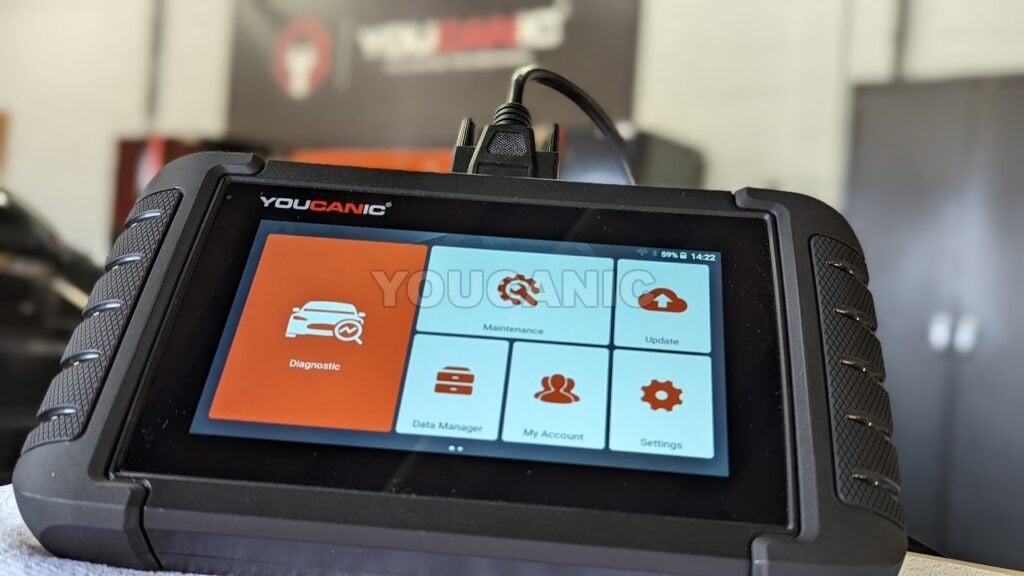
The most common problems that trigger the check engine light are worn-out spark plugs, a bad mass flow sensor (MAF), a failing oxygen (O2) sensor, and a loose gas cap. These problems are easy for any DIYer to fix and can cost anywhere from $10 to $150 in most cases.
To determine why your check engine light has come on, you need to use an OBD-II scanner to retrieve the Diagnostic Trouble Codes (DTCs). This straightforward procedure should take about five minutes.
How to Reset the Check Engine Light Yourself
- Locate the OBD-II port under the dashboard on the driver’s side. All cars have this port. Sometimes, it is hidden in the fuse box on the driver’s side, but in most cases, it is right under the dashboard.

- Plug in your OBD-II scanner.

- Turn on the ignition, but do not start the engine. To do this with a car with an ignition button instead of an ignition slot, you must press the Start/Stop button without pressing the brake pedal.

- Your scanner will need a minute to communicate with the onboard diagnostic system.
- Select OBD-II, then Read the codes from the main menu.

- Write down all the codes. Pay attention to whether they are Stored or Present:
Stored codes indicate an issue was detected in the past, but it is no longer an issue. These codes will typically reset independently after a few days of driving.
Preset codes mean that the problem is current and needs to be addressed. You may be tempted to erase these codes, but clearing present codes without fixing the car is not an actual solution. The codes will return either as soon as you start the engine or a few days later; they will eventually return if the problem isn’t fixed.
Once you have identified and fixed all the problems that triggered the fault codes, return to the main menu, select Clear Fault codes, and then select OK. We don’t recommend clearing fault codes without first fixing the problem because the check engine light will return. You can scan your vehicle again to verify the error code has not returned.
What is the best tool to reset the check engine light?
To find out why your check engine light is on, you will need an OBD-II scanner. Many auto parts stores will let you borrow a scanner for free, or you can buy an inexpensive one and keep it in your glove box. An affordable OBD-II scanner, such as the YOUCANIC scanner, will read and clear codes on almost any vehicle.
If you don’t want to buy a scanner, here is a list of auto part stores that will scan your car for free or let you borrow a scanner:
These stores also sell OBD-II scanners, starting at about $50 and going up from there.
What does it mean when the check engine light is flashing?
When the check engine light is flashing on and off, the engine is misfiring. A bad spark plug, ignition coil, clogged catalytic converter, or blown head gasket typically causes this problem.
Read the codes with an OBD-II scanner to determine why your check engine light is flashing. If your check engine light comes on, don’t ignore it; read the codes as soon as possible. Driving with the check engine light on can cause serious engine problems, leading to costly repairs down the road.
Can I drive with the check engine light on?
We do not recommend driving long distances when the check engine light is on because your car might die, leaving you stranded on the side of the road. Do not ignore the check engine light. The codes stored on the On-Board Diagnostic (OBD) system can help you find what is wrong with your car.
Even if you don’t plan on fixing your car yourself, knowing why your check engine light is on can help you feel more confident when you talk to your mechanic. On some models, the check engine light could also be the service engine soon light.
We hope you found this guide helpful. For more help with your vehicle, check out our other troubleshooting and repair guides.



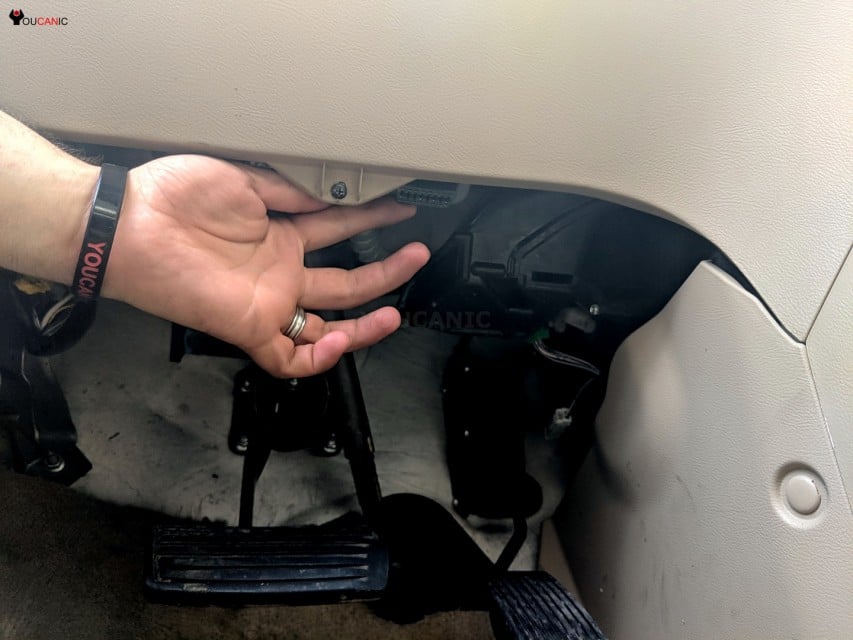

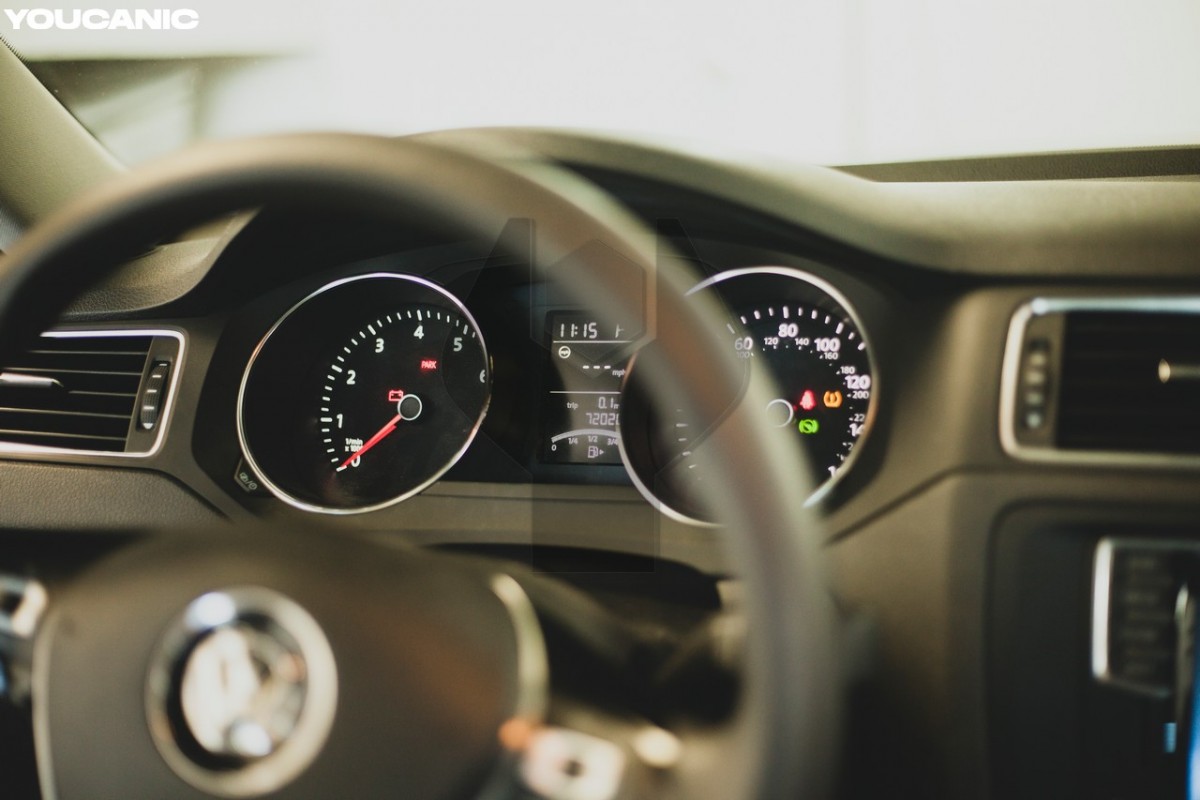


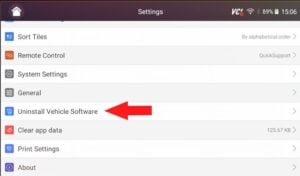
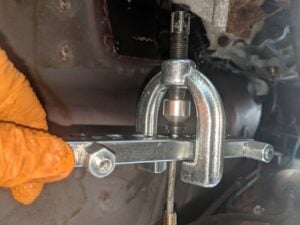
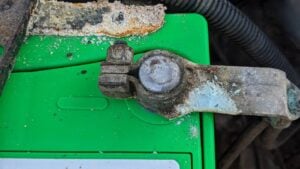
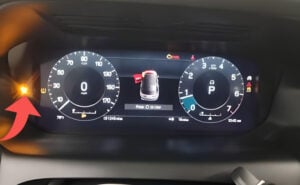
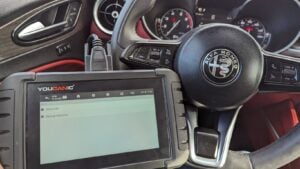
Precisely what I was looking for, regards for posting.